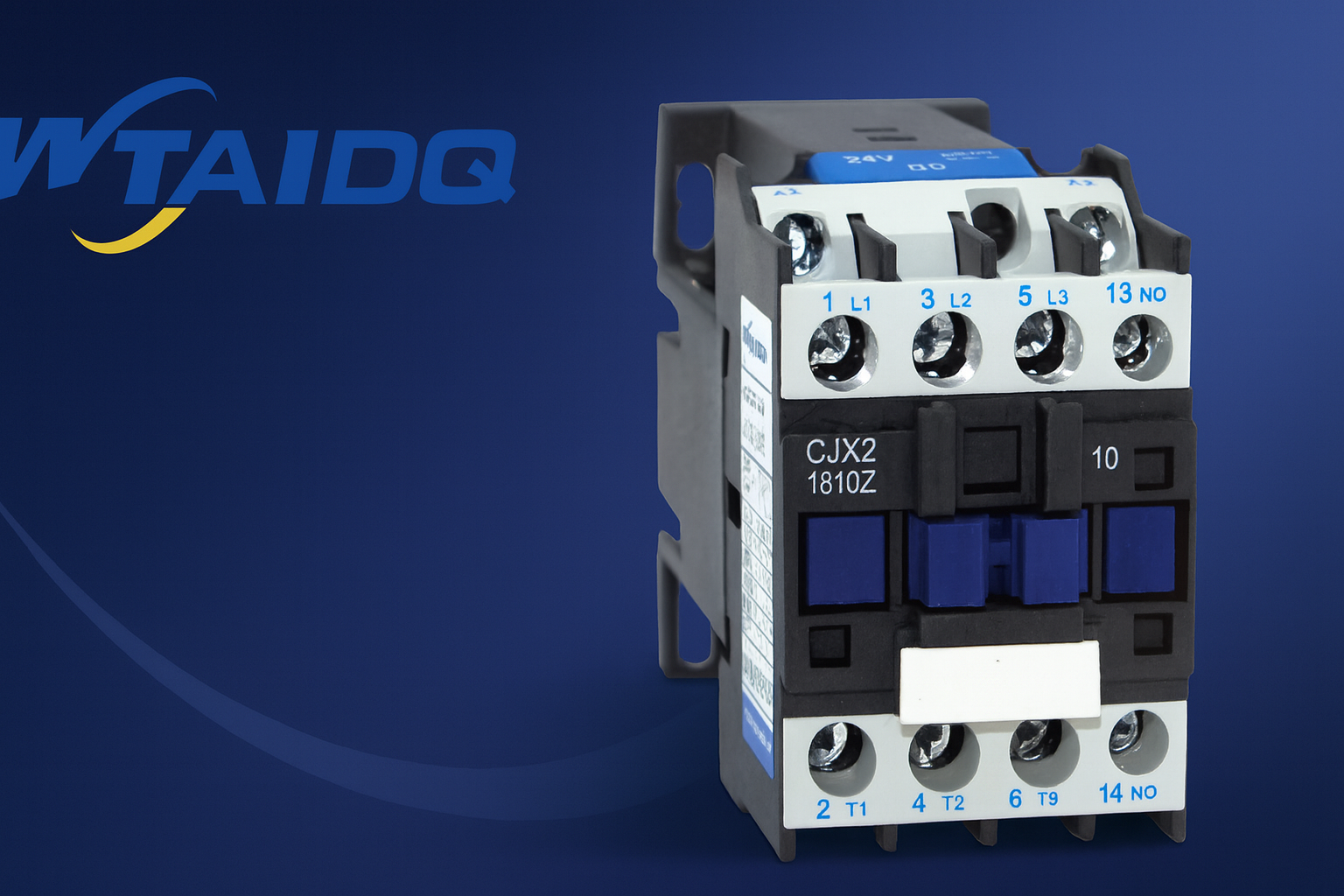-
What is a Surge Protective Device (SPD)?
A single overvoltage spike can shut down a production line, corrupt a PLC program, or quietly weaken power supplies until failures start appearing weeks later. Lightning induced surges and the switching of large electrical loads are common triggers, and a standard circ...Read more -

Understanding Circuit Breakers: Operation, Types & Safety Tips
Power runs quietly through homes, shops and industrial plants until a fault pushes current beyond what cables and equipment can safely carry. Overload and short circuit conditions heat conductors, weaken insulation and can ignite nearby materials, so a single wiring err...Read more -

What Are the Differences Between Circuit Breaker and Fuse?
Every electrical installation relies on reliable protection devices to keep equipment, wiring and people safe from faults such as overloads and short circuits, which is why the topic of circuit breaker vs fuse appears so often in product selection and design discussions...Read more -

Smart Circuit Breaker vs Traditional Circuit Breaker: Key Differences Explained
Circuit breakers are the core protection components in electrical systems, responsible for stopping dangerous current levels before they cause equipment damage or fire hazards. As electrical loads increase in modern homes, commercial buildings and industrial facilities,...Read more -

Everything You Need to Know about Smart Circuit Breakers
In today’s rapidly evolving electrical landscape, the demand for safer, more efficient, and intelligent power systems is driving the rise of the smart circuit breaker. Unlike traditional protection devices, a smart circuit breaker integrates real-time monitoring, precis...Read more -

Best Outdoor Circuit Breaker for Air Conditioners | Smart IoT AC Breaker
Air conditioning systems place a heavy and continuous demand on electrical infrastructure, especially during peak operating seasons. This load requires dedicated protection that can handle high current flow while maintaining stable performance in outdoor environments. T...Read more -

How to Wire a Circuit Breaker Panel: 11 Essential Steps
Correct circuit breaker panel wiring keeps a home safe, compliant, and efficient by directing power predictably and shutting faults down before they become hazards. Mistakes inside the panel lead to nuisance trips, overheating conductors, or worse, so the work demands a...Read more -

What Is an Air Circuit Breaker and How It Works
A smart circuit breaker represents the next evolution of electrical protection technology, combining real-time monitoring, automatic fault detection, and intelligent control into one compact device. In modern power distribution systems, where energy efficiency, operatio...Read more -

How to Choose an AC Contactor: A Complete Selection Guide
An AC Contactor is a vital component in electrical control systems, responsible for managing the power flow to motors, compressors, and HVAC equipment with precision and safety. Its contactor function allows high-current circuits to be switched on and off efficiently, p...Read more -

What Are the Differences Between AC and DC Contactors?
Contactors are vital components in electrical control systems, managing the flow of current in circuits that power motors, lighting, and heating equipment. Both AC and DC contactors perform the task of switching electrical loads, but they operate through different mecha...Read more -

Contactor vs. Circuit Breaker: Key Differences Explained
In industrial electrical engineering, “Contactor vs Circuit Breaker” is a topic often misunderstood by engineers and technicians. Although both devices manage electrical circuits, their purposes are distinct: a contactor controls and switches electrical loads, while a c...Read more -

Everything You Need to Know About AC Contactors
Modern electrical systems rely on precision and reliability, and AC contactors are at the center of this demand. Acting as the silent gatekeepers of power distribution, they make sure that electricity flows safely and efficiently across a wide range of applications. Whe...Read more